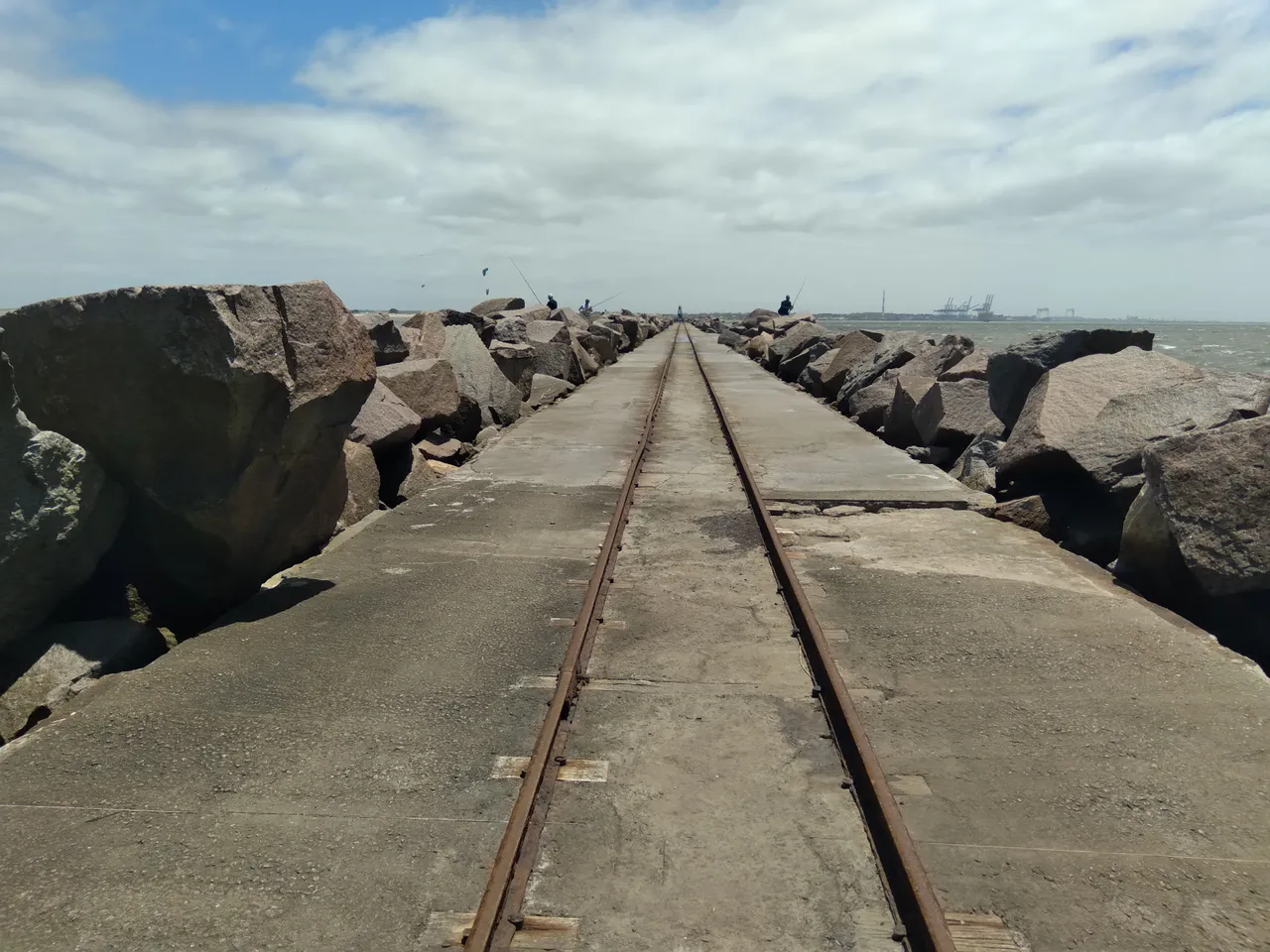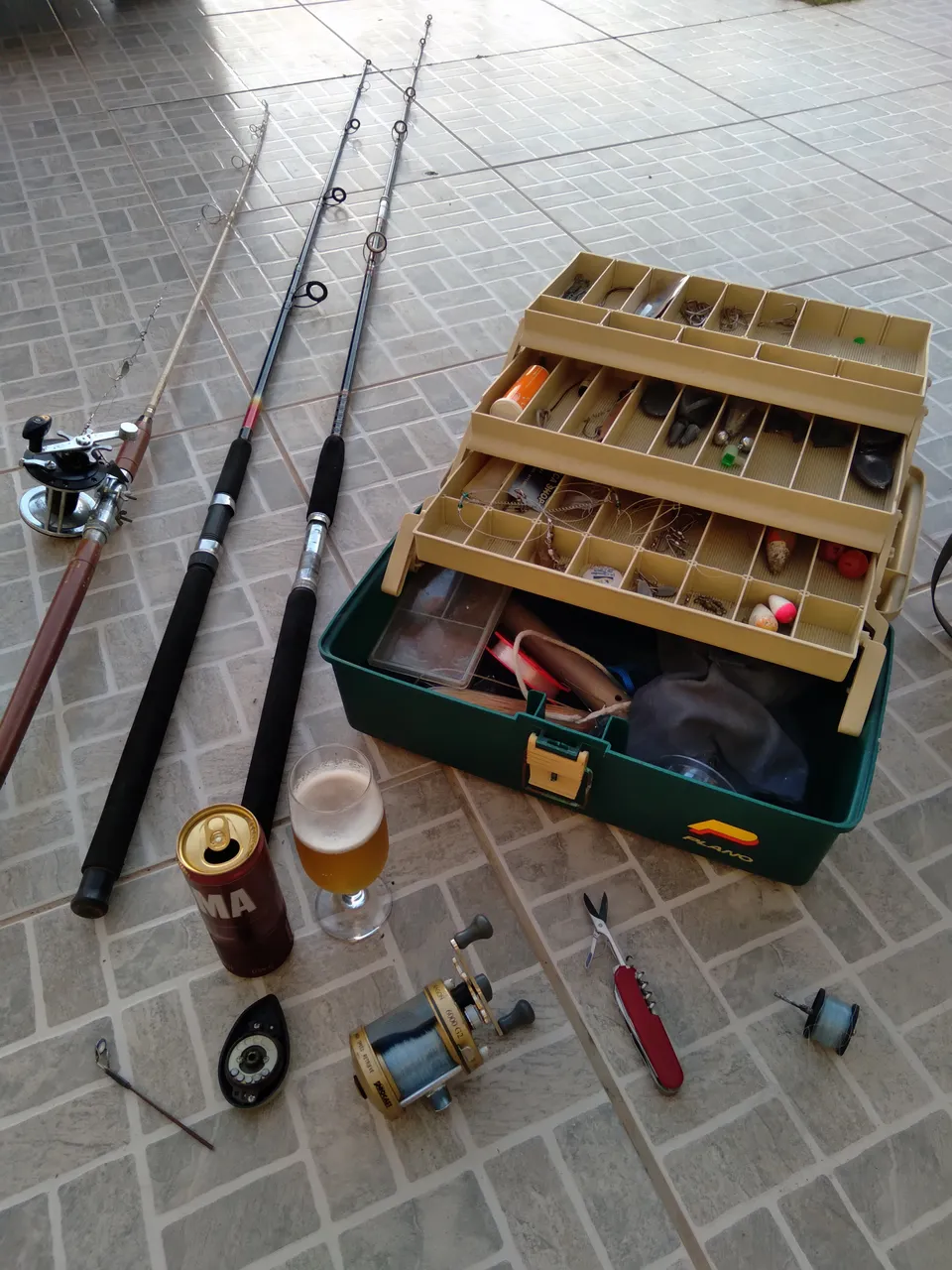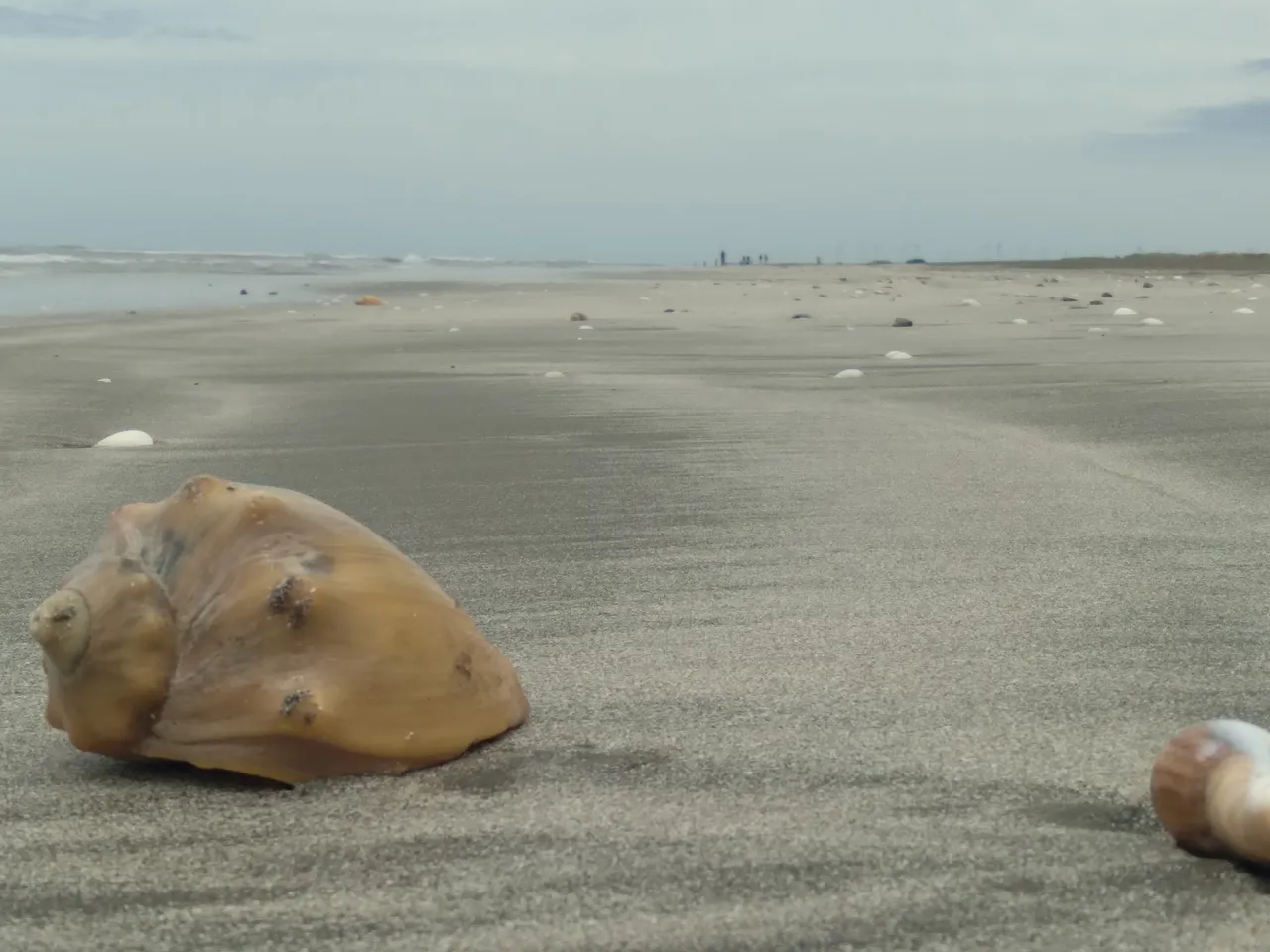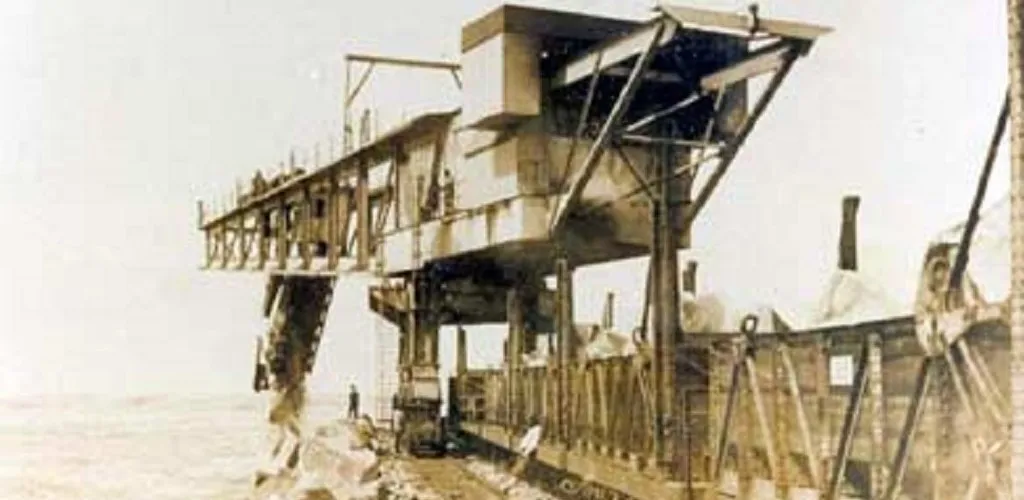Heeeyho Readers! Nothing beats fishing at the longest beach in the world.
La Niña, for God’s grace, give us a break.
2021 has delivered plenty of positive energy for upcoming sexy-o-rama adventures. However, this God-hold-the-wheel year has also arrived with the howling northeast winds—man, it IS howling against my patio door. The La Niña phenomenon cools down the Pacific, creating a pressure differential that dishevel my hair at the opposite side of the continent, on the Atlantic coast.
Since we have no time for dust in the eye, messy hairs, and complaining, I’ve decided to bring a post out of my ordinary day. Nothing extraordinary; nor dull either (I hope.)
In today's post, I'll share a fishing morning at the longest beach in the world—Cassino Beach, in Rio Grande do Sul, Brazil.

“I’m gonna be alone for the next ten days. Why don’t you come over and we do something?" I told dad over the phone.
“Sounds great, so I can take a few days off the ranch,” he responded. “Should I take the fishing equipment?”
It’s been years since I last fished, let alone with dad. I pondered for a second, trying to figure out how the wind and rain forecast would be.
“Ehhhh… alright. Bring it and we see what happens.”
So, he did.

Days have been gorgeous—despite the nerve-racking wind—, with invigorating blue sky and suffocating heat. At least vacation times allowed us for a cold beer in preparation for the fishing morning the next day.
Praia do Cassino (Cassino Beach)
Since October 2020 I’ve been living in mom’s beach house in Praia do Cassino. Living here allows my ever-adventuring restless mind to breathe. Streets are tranquil, birds sing early in the morning, and the patio allows me to have the dog around, who has been of great company.
The Praia do Cassino, or Cassino Beach for the fella English-speakers, is the southernmost beach of the Brazilian coast. And not only that. It is known as the longest uninterrupted sandy seashore in the world. One can drive along the Atlantic coast from the breakwaters at the entrance of the Rio Grande seaport all the way south, to the mouth of the Chuí Stream, on the border with Uruguay. I’ve done this 220-kilometer route a few times by car. Some adventurers endure the deserted coast on foot—in fact, the beach offers one of the most demanding trails in Brazil. The route is abundant in marine life, lighthouses, and stories of pirates.
You can check one of the stories HERE.

Now back to the fishing, shall we?
“Are you sleeping all morning?” asked dad from my bedroom door.
“What time is it?”
“Eight-thirty, les go.”
I jumped out of bed and chugged a glass of water. Dad had prepared ham-and-cheese sandwiches and packed the pastries from the previous night into a cooler.
“I’m ready,” I enthused, “gonna have breakfast there.”
Our place of choice was the breakwaters that safeguard ships entering the port of Rio Grande. We call the breakwaters as ‘molhes’ or ‘molhes da barra’. The two stretches of stone advance some four kilometers into the Atlantic, attracting fishermen and tourists who want to stroll and enjoy sea life.



There are two breakwaters: The east breakwater (molhe leste), starts at the beginning of the Praia do Cassino. The west breakwater (molhe oeste), protects the bay on the other side, in São José do Norte.
Up until the late 19th century, sailors from Europe and Rio da Prata bound for the port of Rio Grande feared the natural bay, for it was shallow, ever-changing, and full of sandbanks. The flux of goods coming through Rio Grande increased greatly over time—counting 668 vessels in 1847—, so, in 1855, the back then Empire of Brazil concluded that a structure was needed to prolong the riverbed.

The astronomical ‘stone arms’ employed near 4.000 man, modern machinery (for the time), and consumed over 4,5 million tons of stones between 1911 and 1919. Stones were transported from a distance of 90 kilometers over railways from Capão do Leão to Rio Grande.
Dad and I spent the morning fishing, for a grand total of four papa-terra and one garoupa. We returned two of the fish and donated the remaining three. In the end, I can safely say that it was a succesful day that resparkled my interest in fishing.
I hope you have enjoyed this piece of history as much as I enjoyed researchint it.
If you enjoyed this post consider leaving your upvote for a hot coffee.
Find me on Twitter: https://twitter.com/mrprofessor_
~Love ya all,

Disclaimer: The author of this post is a convict broke backpacker, who has travelled more than 10.000 km hitchhiking and more than 5.000 km cycling. Following him may cause severe problems of wanderlust and inquietud. You've been warned.

